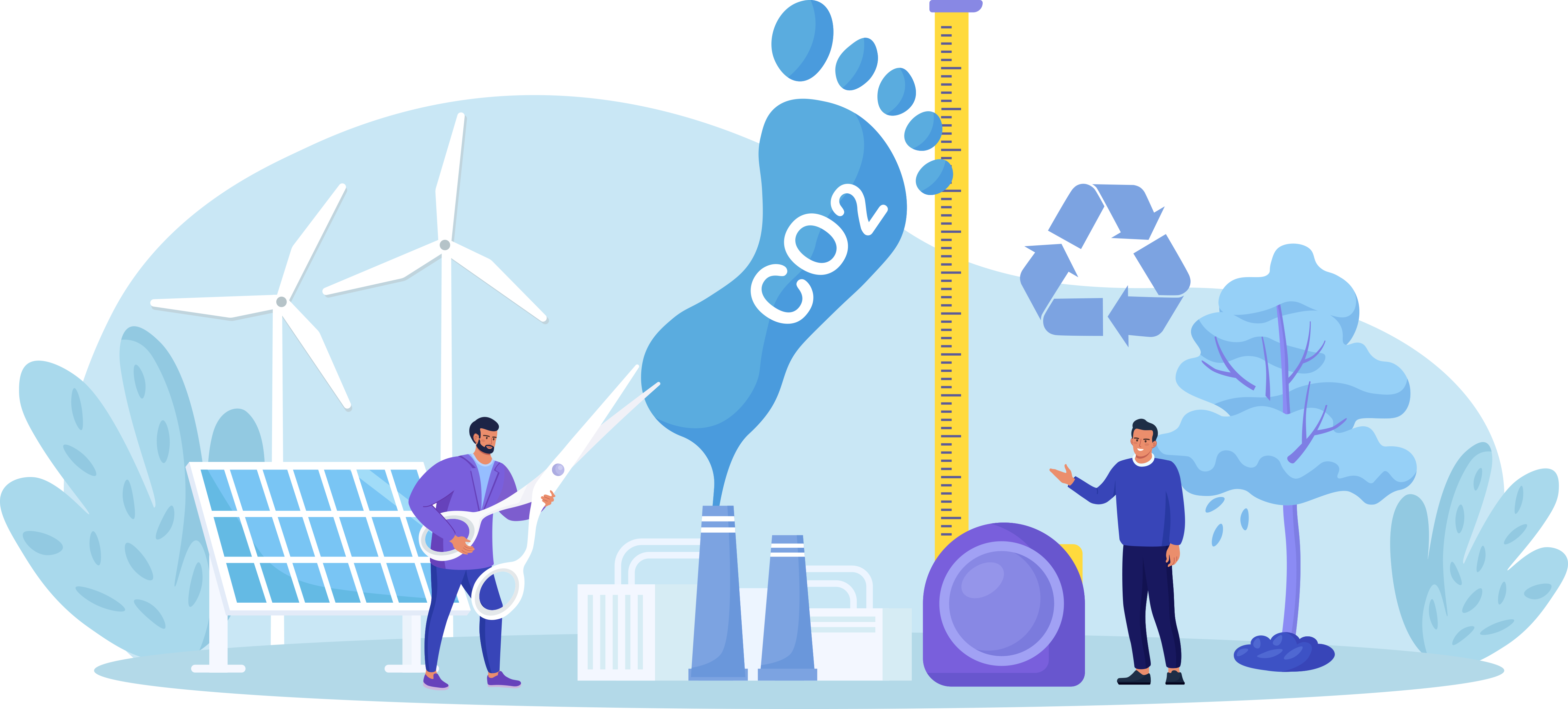The Ministry of the Environment and the Ministry of Agriculture and Forestry have published a guide on good practices for the voluntary carbon market on 1 February 2023. The guide is fully in line with the international best practices followed by Nordic Offset.
The project carried out by the Ministry of the Environment and Ministry of Agriculture and Forestry explored and defined the ground rules for offsetting emissions. The aim of the publication “Guide to good practices in the voluntary carbon market” is to improve the reliability of the domestic carbon market and to encourage the introduction of good practices in Finland.

Voluntary carbon market and the best practices
The guide is a welcomed reference framework for the industry, as it establishes concrete ground rules for organisations’ climate responsibility work at different stages. The guide includes international good practices of voluntary carbon markets and clarifies their meaning in the domestic context.
The guide presents good operating practices for producers, users and private consumers of carbon offset credits, i.e. carbon credits. This aims to increase the reliability of the domestic carbon market and remove the related uncertainty.
In addition, the purpose of the guide is to assist organisations in selecting high-quality carbon offset targets, whose carbon credits must adhere to internationally established minimum criteria. The publication also gives instructions on how to make the right climate claims when a company wants to communicate about carbon neutrality, for example.
Own carbon reduction measures are a priority
According to the good practices, all operators should primarily determine their own carbon footprint. Once the emissions are known, the next step is to set own climate goals and take concrete emission reduction measures in their own operations. The guide especially emphasises the prioritisation of own emission reductions as the most important climate action.
After this, own climate actions can be supplemented by supporting voluntary climate actions implemented by other parties, which would otherwise not be realised, in other words, to compensate for the remaining emissions by acquiring climate credits that meet the international minimum criteria. Furthermore, the guide emphasises the importance of transparent reporting to verify own climate actions, which should be the base for climate claims used in communication.
Nordic Offset’s services include all the stages of climate work recommended in the guide, which include the following:
- Comprehensive and reliable calculation of own emissions, which includes scope 1, 2 and 3 (read more about carbon footprint calculation here)
- Prioritisation of own emission reductions, climate goal and climate roadmap
- The use of high-quality climate credits in carbon offsetting
- Applying good marketing practices and using credible climate claims in communication
- Transparent, understandable and sufficiently detailed reporting

Minimum criteria for the use of carbon credits
Carbon credits can be purchased on the voluntary carbon market, which means a certified mitigation outcome that corresponds to one tonne of carbon dioxide equivalent. The mitigation outcome can be either a reduction in greenhouse gas emissions or increase in carbon removals. However, in order to make credible climate claims in the future, the credits must meet the internationally established minimum criteria.
The minimum criteria take into account first of all the evolving EU law, such as the proposals on the certification framework for carbon removals and the justifications of green claims. Also, international good practices are considered, which are for example Integrity Council for the Voluntary Carbon Market, Carbon Credit Quality Initiative, The Paris Agreement and Nordic guidelines for the voluntary use of climate credits.
The minimum criteria cover additionality, a solid baseline and calculation method, monitoring and reporting, permanence, avoiding carbon leakage, authenticity and independent verification and certification, avoiding double counting and other do-no-significant-harm of the projects.
The guide reminds us that voluntary climate actions not meeting all the minimum criteria can still result in significant climate and other benefits. However, they should not be used for carbon offset and carbon neutrality claims.
The carbon credits provided by Nordic Offset are certified according to international certification programmes (Gold Standard and VCS), which is basis for the fulfilment of minimum criteria. Nordic Offset assists its customers in meeting the guide’s good practises for climate work in other areas as well.
Grounds for using climate claims
Various climate claims are used in the marketing of companies, products and services, such as “carbon neutral”, “carbon footprint compensated” and “emissions offset”. According to good practices, in the future credible climate claims must be based on internationally established credits that meet the minimum criteria. In accordance with the legislation, claims must be clear, unambiguous, truthful and their authenticity must be verifiable. If this is not the case, the climate claim can be regarded as misleading “greenwashing”.
Compliance with the guidelines is monitored in Finland, for example, by a Consumer Authority, which can intervene in misleading communication about climate work made by companies and communities. The guide presents recommendations for future climate claims development and monitoring.
Nordic Offset experts follow closely both international and domestic guidelines regarding the voluntary carbon market and the voluntary use and claims of climate credits. All of our services include communication support for using the right climate claims.
Do you want to hear more about voluntary carbon market and international best practices?
Please contact us and book an appointment with one of our experts.
The guide can be found here.
